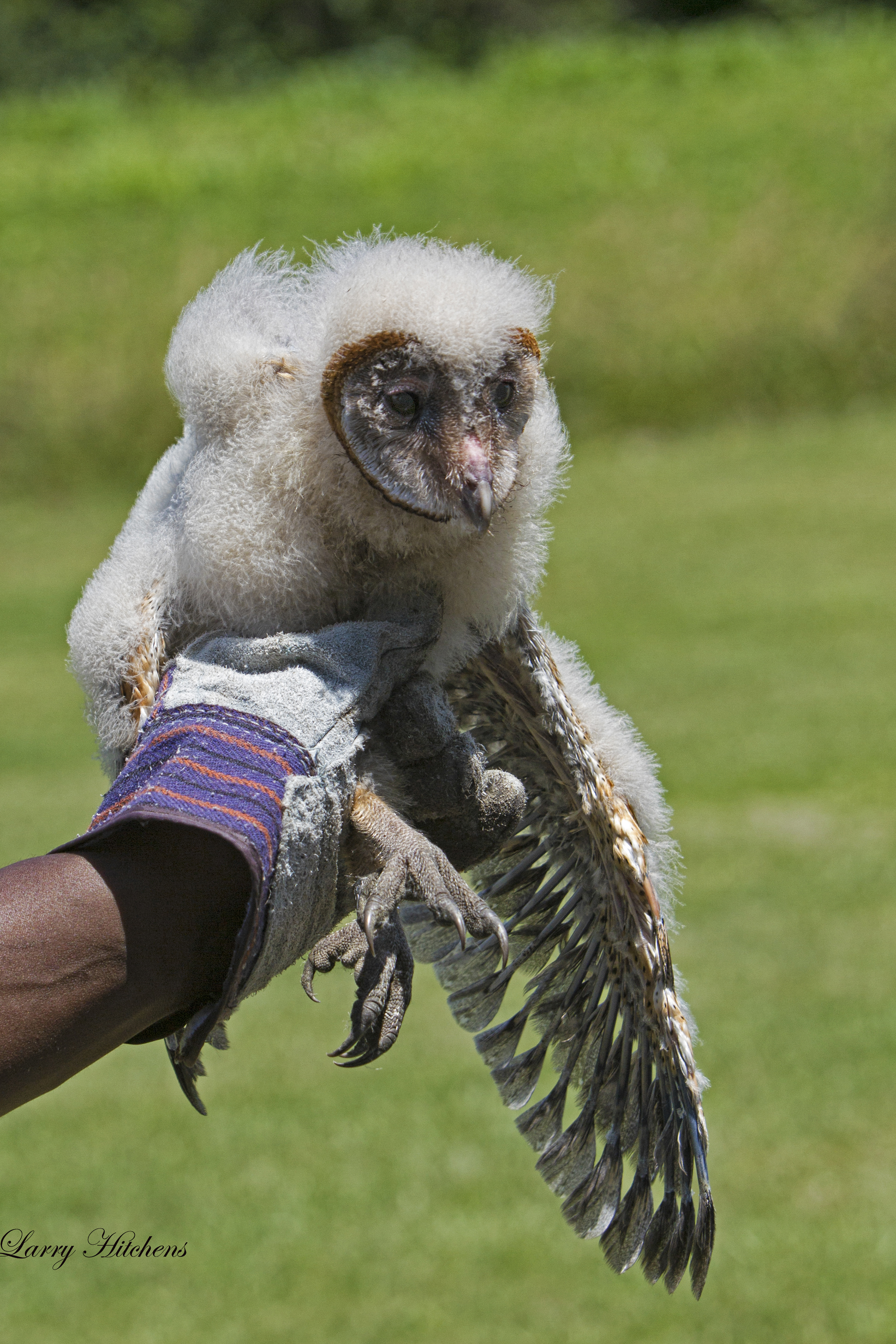Reproduction
The species Tyto
alba are dieocous, containing both female and
male sexes; and therefore, they are involved in
sexual reproduction. Unlike many other animals, the
barn owl shares a monogamous relationship with
another, meaning an owl and its mate stay
together throughout their lifespan, reproducing with
only each other. Typically for barn owls, they
reproduce once or twice every year depending on
their surrounding environments resources (Animal
Diversity Web, 2002).
For breeding to occur, male barn owls must
attract the opposite sex. A key mechanism they use
is displaying their hunted prey. Males
seeking a mate, gather an abundance of their food
supply and present it in front of their nest for a
female to see. It is assumed that the female
observes that the male possesses characteristics
useful for providing for her and potential offspring
(Taylor,1994). Other rituals the barn owls
 participate in
are what are called ‘moth flights’ where the male
flights up to the female and stalls over her for a
period of time, as well as partake in what is called
‘sexual chases’, where the males follow the female
in an obstacle of turning and twisting at high
speeds (Bunn, 1982).
participate in
are what are called ‘moth flights’ where the male
flights up to the female and stalls over her for a
period of time, as well as partake in what is called
‘sexual chases’, where the males follow the female
in an obstacle of turning and twisting at high
speeds (Bunn, 1982).
Barn owls go through what is called internal
fertilization. It is where fertilization takes place within the female carrying the offspring and goes
through direct development, where in this case, the
young hatches from their eggs and resemble the
features of their parents. The breeding cycle
commonly begins in the late winter and the laying of
eggs starts in the spring, usually beginning of
April (The Barn Owl Trust,
2012). A condition that female barn
owls search for when preparing for their clutch is
inhabiting an area abundant of their food source (Taylor,
1994). This in turn, is very helpful to the male
counterpart in that since he stays in the nest with
his mate, he provides food for her by only leaving
the nest for hunting in the surrounding environment.
Statistics even show a substantially increase in
males staying next to the females side in the two
weeks leading up the laying of their young (The Barn
Owl Trust, 2012).
Return to Home page or continue to Interactions